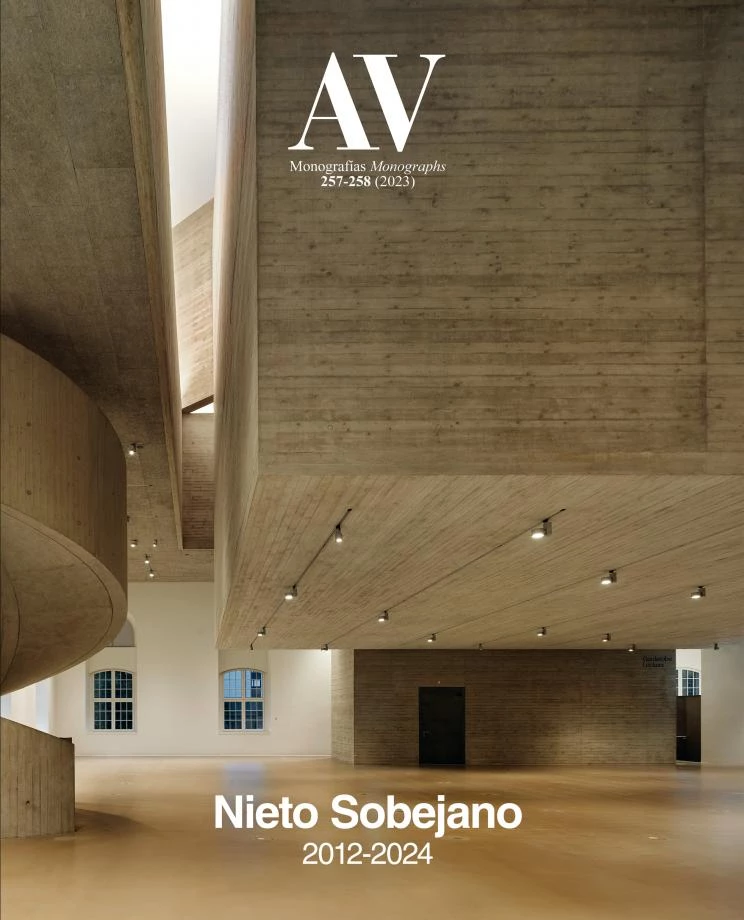
Approaching Fuensanta Nieto and Enrique Sobejano’s work we are drawn to the pentagonal temptation of charting the perimeter of their design strategy with five paragraphs in a vocalic sequence. The first one focuses on their artistic autobiography, because many of their architectures are self-portraits that collect as quotes their experience from other works, and none more obvious than their house in Sant Feliu de Guíxols, where the references to Le Corbusier’s house for his mother, Aalto’s Muuratsalo, the Malaparte in Capri and Utzon’s house in Mallorca blend in a construction of manic perfection.
Eloquently expressed at the Arvo Pärt Center in Laulasmaa, the reference to music through the dialogue of the building with context illustrates the architects’ commitment to favoring evocative encounters, where the essential rationality of the supporting structure or the functional space avoids scenographic devices to create a place of cross fertilization between natural landscape and cultural artifice, a hybridization that goes beyond the pentagonal voids or the forest of pillars, which attempt a material translation of the Estonian composer’s sacred minimalism to express its organic condition.
Imagining forms capable of abridging the specific of a project or the uniqueness of a client is a third characteristic element of their approach: a process that combines painstaking documentation of the evident with the inspiration that gives rise to the unexpected idea, and the intuitive identity reflected by works like the Montblanc Haus in Hamburg, with an iconic facade that gathers in its dark logo the traces of handwriting and the profile of the mountain that lends the firm its name, in an excellent example of how invention can abbreviate in one gesture a protracted quest for that which makes each work different.
Orchestrating contradictory concepts urges to leave behind the transparent clarity of the obvious and to assume an ambiguity that borders on hermetism, and this oxymoronic opacity, which is the fourth feature of their work, is found in the Archive of the Avant-Garde in Dresden, because if this combination of opposites was entrusted elsewhere to superficial depth or different repetition, the rhetorical resource seems particularly appropriate here, as the authors stress, with the contrast between the weight of the archive and the lightness of the avant-garde, which the building expresses with its weightless mass.
Unifying uses, buildings, and institutions in an area north of Paris, the project of the Cité du Théâtre shows well the ambition of the principle that would close this quintet of intentions of Nieto and Sobejano, the unitary urbanity which shows the constructive pragmatism and civic intelligence that permit composing a theatrical still life whose sum of existing and new parts gives coherence to a metropolitan fragment, reconciling public space and restored ruin, building and garden, future and memory, to reach the last paragraph and the last vowel of this rhythmic pentagonal perimeter.







